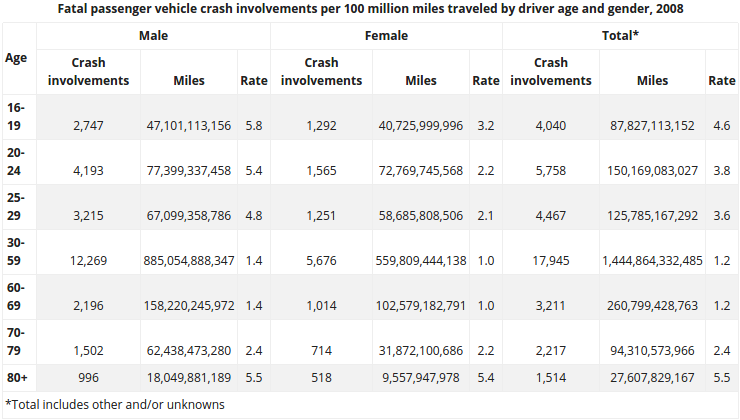The Lexus GX, known as the Toyota Land Cruiser Prado outside of the US, is one of the most popular mid-sized luxury SUVs sold in the United States. It competes with a range of 3 row luxury SUVs like the Volvo XC90, Acura MDX, BMW X5, Mercedes-Benz GL-Class, Buick Enclave, Land Rover Range Rover Sport, Cadillac Escalade, Audi Q7, and Infiniti QX60. It’s also reliable that pretty much all of the rest put together, being based on Toyota architecture (much like its smaller and larger twins, the RX and the LX).
As a result, it’s no surprise that the GX in its various iterations (e.g., the GX 470, GX 460, GX 400, etc) is a popular vehicle among families interested in safety, luxury, and Lexus reliability. It seats 7-8 passengers, depending on which generation you’ve purchased, and is one of the safest vehicles on the road. However, I wanted to figure out just how well it did when it came to fitting car seats across the 2nd row (and 3rd row if you’ve got a 1st gen 8-seater).
Before going into which seats worked (a lot of them) and which ones didn’t (very few), let’s take a quick look at which kinds of seats you’ll want to use with your children, when you’ll want to use them, how you’ll want to face them, and why.
For me, the most basic and essential part of car seat safety involves rear-facing. It’s the safest position we know of, and the longer our kids rear-face, the safer they’ll be, regardless of what kind of vehicle they travel in. I recommend keeping children in rear-facing infant or convertible seats as long as possible (ideally until 4!), then keeping them harnessed in forward-facing seats for several years more (ideally until 6, 7, or 8!), and then only switching them out of booster seats when they pass the 5 step test (which typically happens between 10 and 12). The goal is to keep kids in the safest kinds of seats for as long as possible to increase their odds of surviving serious car crashes.
With that all in mind, I got to work with my seats to create what I believe to be the most detailed 3 across guide for the GX / Land Cruiser on the Internet. If you find the list helpful when shopping for car seats, you can shop through my Amazon link below. I’ll add more seats as I test them over time.
You can access the complete 3 across guide for every vehicle here and the complete list of recommended seats here. The Canadian car seat guide is here. 3 across car seat images are taken by yours truly or are courtesy of Wikipedia.
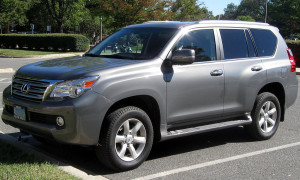 2010, 2011, 2012, 2013, 2014, 2015, 2016, 2017, 2018 Lexus GX (J150)
2010, 2011, 2012, 2013, 2014, 2015, 2016, 2017, 2018 Lexus GX (J150)
Guaranteed 3 across installations:
Clek Fllo (x3).
Clek Foonf (x3).
Diono Radian RXT (x3).
Diono Radian R120 (x3).
Diono Radian R100 (x3).
Chicco KeyFit 30 (x3).
Graco Size4Me 65 (x3).
Graco Head Wise 65 (x3).
Graco Fit4Me 65 (x3).
Graco Contender (x3).
Combi Coccoro (x3).
Tips and Tricks:
The second generation Lexus GX is currently just over 192 inches long and just over 74 inches wide. As a result, you’re going to be able to fit a lot of car seats in 3 across configurations in the 2nd row, but you’ll only be able to fit 2 across in the 3rd row, because the 2nd gen GX is only a 7-seater instead of an 8-seater. That said, as long as you use your seat belts instead of the LATCH anchors, you’ll be able to fit most common seats there, including the ones I’ve described above.
The generous amount of room between the 1st and 2nd row also means you shouldn’t struggle with front-to-back room, although you’ll definitely struggle with the installation of rear-facing seats if you try to use them in the 3rd row. Fortunately, you can either slide or tilt the 2nd row to access the 3rd row, which makes getting back there at least a little easier.
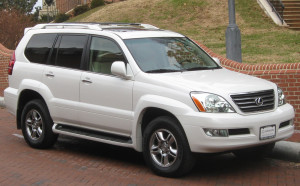 2003, 2004, 2005, 2006, 2007, 2008, 2009 Lexus GX (J120)
2003, 2004, 2005, 2006, 2007, 2008, 2009 Lexus GX (J120)
Guaranteed 3 across installations:
Clek Fllo (x3).
Clek Foonf (x3).
Diono Radian RXT (x3).
Diono Radian R120 (x3).
Diono Radian R100 (x3).
Chicco KeyFit 30 (x3).
Graco Size4Me 65 (x3).
Graco Head Wise 65 (x3).
Graco Fit4Me 65 (x3).
Graco Contender (x3).
Combi Coccoro (x3).
Tips and Tricks:
The first generation Lexus GX is just over 188 inches long and exactly 74 inches wide, which makes it about 4 inches shorter than the generation that follows it. Because the interior dimensions are about the same in the 2nd row, however, you’ll be able to fit pretty much all the seats of the current generation there.
Additionally, if you have the 8-passenger GX, you’ll be able to squeeze a few seats (the Radians and the Clek seats) into the 3rd row in 3 across setups, although it will be a very tight fit. As usual, use seat belts for all installations instead of LATCH to avoid frustration and make the installations possible with wider seats.
—
If you find the information on car safety, recommended car seats, and car seat reviews on this car seat blog helpful, you can shop through this Amazon link for any purchases, car seat-related or not. Canadians can shop through this link for Canadian purchases.

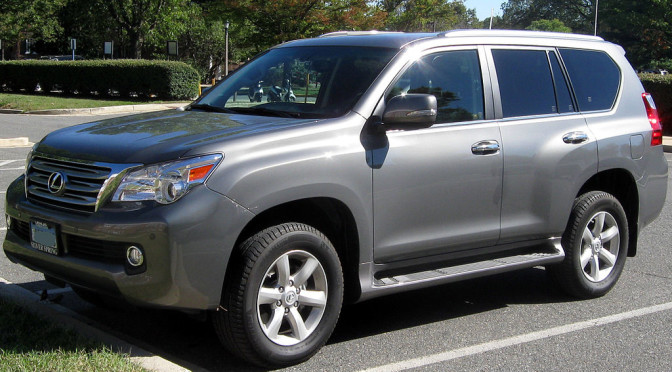
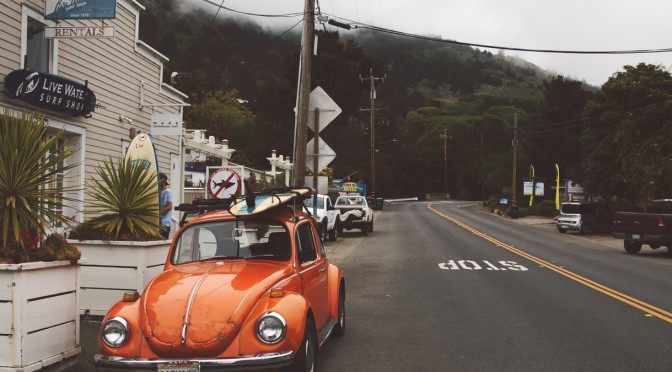

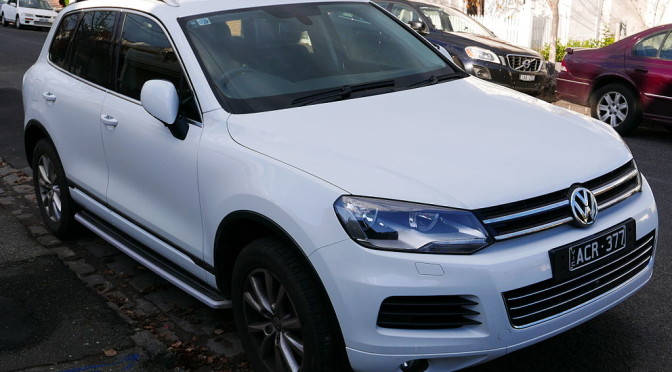
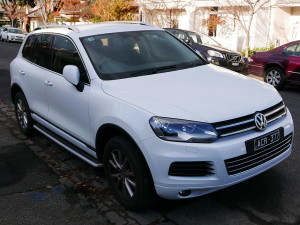 2011, 2012, 2013, 2014, 2015, 2016, 2017 Volkswagen Touareg (7P5)
2011, 2012, 2013, 2014, 2015, 2016, 2017 Volkswagen Touareg (7P5)
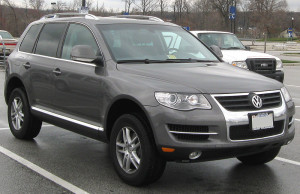 2002, 2003, 2004, 2005, 2006, 2007, 2008, 2009, 2010 Volkswagen Touareg (7L)
2002, 2003, 2004, 2005, 2006, 2007, 2008, 2009, 2010 Volkswagen Touareg (7L)
 It’s been a while since I’ve written about a crash, but I couldn’t let this one go. On the surface, it looked like a head-on collision caused by a drunk driver speeding the wrong way down the interstate, like the case I wrote up involving
It’s been a while since I’ve written about a crash, but I couldn’t let this one go. On the surface, it looked like a head-on collision caused by a drunk driver speeding the wrong way down the interstate, like the case I wrote up involving 
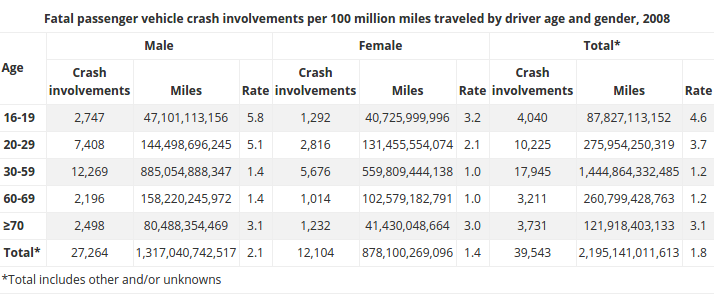
 The chart suggests the safest drivers, both male, and female, are those between 30 and 69, or more specifically, between 30 and 59 and between 60 and 69. The 60-69 group clearly involves a number of seniors, yet they still contribute to the group of the safest drivers.
The chart suggests the safest drivers, both male, and female, are those between 30 and 69, or more specifically, between 30 and 59 and between 60 and 69. The 60-69 group clearly involves a number of seniors, yet they still contribute to the group of the safest drivers.